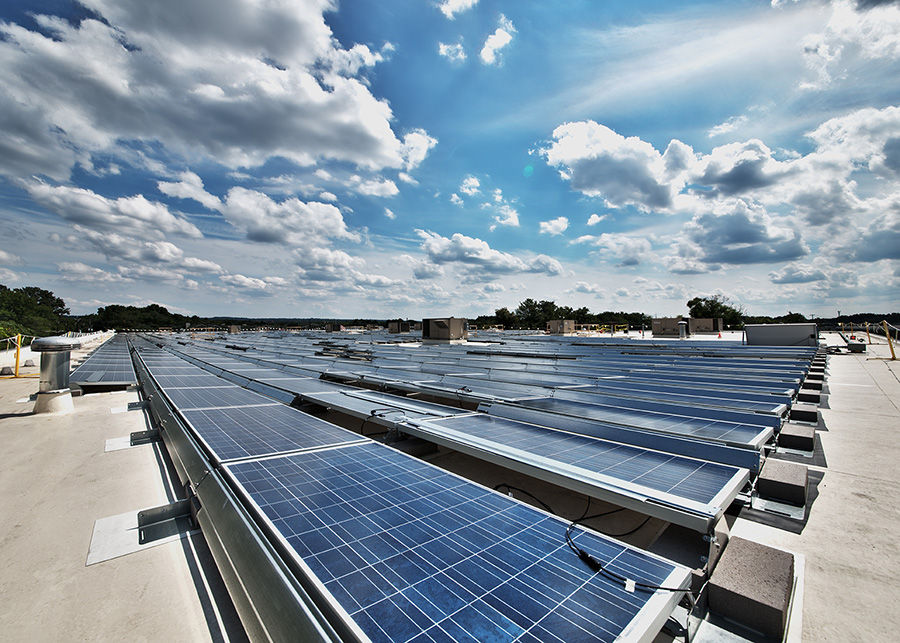Driven by the falling price of utility-scale wind and solar power, organisations around the world are turning to clean power as part of their corporate responsibility initiatives. While options might be limited depending on where an organisation is based, there are three options that colocation providers can turn to.

Power Purchase Agreements
Power purchase agreement (PPA) is often touted as a game-changer for large-scale procurement of renewable energy. Essentially a long-term contract between a business organisation and a renewable energy project developer, a PPA entails the latter to build and operate a renewable energy system that the former agrees to pay for.
This strategy works well because commercial businesses can rely on experts to build and operate renewable energy systems. In most cases, a “direct” model is adopted with the resulting power accessed through the power grid. An alternative would be a virtual PPA, which happens when the contracting company does not take receipt of the physical power.
John Powers of Schneider Electric explains the mechanics of a virtual PPA: “The contracting corporation receives financial upside via a contract-for-differences, in which the difference in the price for the PPA and the price for their operational electricity use are settled regularly. If the market price for the contracted PPA is less than its operational electricity costs, then the corporation is the benefactor of the delta.”
You can read more about PPAs here.
Renewable Energy Certificates
Renewable Energy Certificates (RECs) are tradable green energy attributes that represent units of electricity generated from renewable energy generation facilities. Produced in direct proportion of the generated electricity, it is essentially clean power that is unbundled from electricity generation and which can be purchased on the open market.
Organisations can buy RECs based on parameters such as location, price, and technology type. There are various types of renewable energy, including solar, wind, hydro and geothermal power. But while available for bulk purchase, it is worth noting that RECs are typically not sold further than three years in advance.
RECs can be vital in regions where onsite or offsite renewable solutions are not readily available – such as in land-scarce Singapore. Moreover, some multinational firms with a global footprint also find RECs invaluable to meet aggressive renewable energy targets.

Onsite Generation
Finally, there is the option of onsite generation, which may be feasible at locations where renewable energy can be harvested. For instance, Australia could be ideal for solar power generation, while parts of Indonesia and Malaysia are suited for hydro and geothermal power generation.
Onsite systems require the requisite expertise to perform a feasibility analysis that takes multiple areas such as projected power generation, demand, legal, operational and environmental factors into consideration. Once shown to be feasible, the next step would be to design, build and maintain the onsite renewable generation source for the best possible price.
One such example would be Schneider Electric’s East Asia and Japan regional headquarters at Kallang, the first office building to qualify for a BCA Green Mark Platinum Award by the Building and Construction Authority for Existing Non-Residential Building Pilot Version 2017. This smart office will complete its transformation into a carbon-neutral building by mid-2020 with the aid of 3,000 IoT points and runs on solar power generated onsite during daytime.
Singapore’s only landfill, Semakau Island, is another interesting example where a deep-sea fish farm owned by Barramundi Asia on the island has been running on 100 per cent clean energy harnessed from different renewable sources with an energy integration system. By integrating multiple energy sources, which are heavily dependent on conditions of nature, the system can generate power consistently.
Ultimately, the various renewable energy options out there mean that cloud and colocation providers have no excuse not to do anything about their carbon footprint. You can read more on this topic at their Schneider Electric blog post here.








